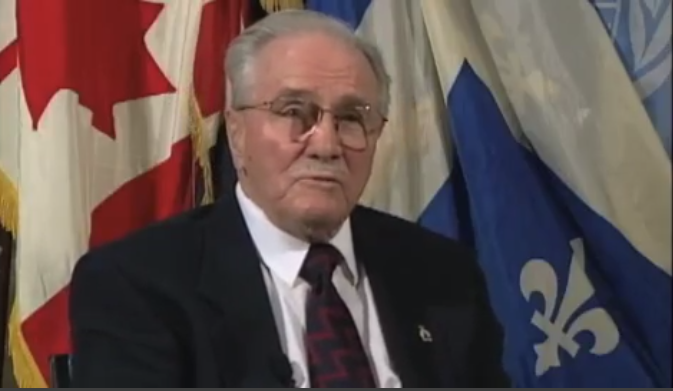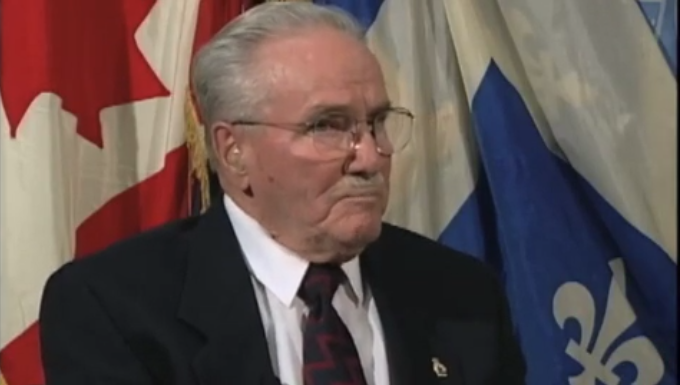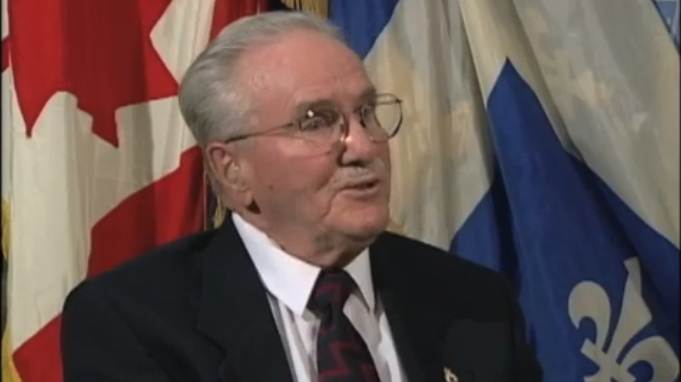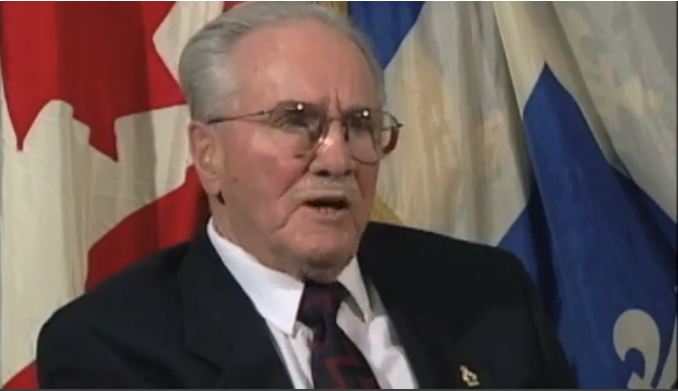Duties of a Signaller
Heroes Remember
Duties of a Signaller
Transcript
Description
Mr. McCrindle describes learning to drive a truck and his duties as a signaller. He explains the purpose of the signals operations in a Battery.
David McCrindle
Mr. McCrindle's father immigrated to Canada in 1911 and served during the First World War with the Black Watch of Montreal. He stayed in Scotland after the war and returned to Canada when David was two. Mr. David McCrindle quit school during the Depression as he couldn't afford the tuition. He worked for a Jeweller for $6.50 weekly and in June 1940 joined the Non Permanent Active Militia (NPAM) on nights and weekends. On January 9, 1941, his 19th birthday, he joined the "Woodstock Detail" and trained in Woodstock, Ontario. Mr. McCrindle went to Britain and trained as a signaller. He participated in the Italian Campaign and returned to Canada after the war.
Meta Data
- Medium:
- Video
- Owner:
- Veterans Affairs Canada
- Duration:
- 02:16
- Person Interviewed:
- David McCrindle
- War, Conflict or Mission:
- Second World War
- Location/Theatre:
- Europe
- Branch:
- Army
- Units/Ship:
- 35th Anti-Aircraft
- Occupation:
- Wireless Operator
Related Videos
- Date modified:






